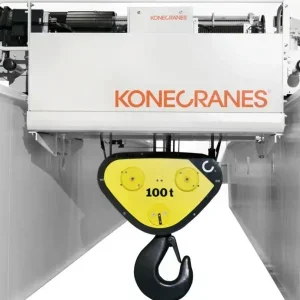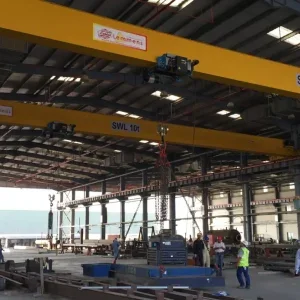Kapvik is among the first rover designs to incorporate force sensors above the wheel hubs to sense the normal load exerted on each wheel. In the prototype of the micro rover’s mobility system, the SS4000M miniature force transducers are situated over each of the wheel hubs and are integrated into the mechanical system of the chassis. The force transducers are designed to provide data to improve traction and combat slippage when the micro-rover is moving on Mars.
Alex Ellery, professor of mechanical and aerospace engineering at Carleton University, explained the function of the sensors:
"There is a high possibility of a rover getting stuck on the Martian surface because the soil is fine grained — slippage occurs while driving the wheels without making any forward motion resulting in significant power drain."
Ellery said, "By putting a load cell above each wheel station, we are able to measure the vehicle’s tractive capability continuously as it drives across the surface and from that, using sophisticated modeling software, we can throttle the power to reduce the amount of slippage."
The Canadian Space Agency (CSA) granted a $1.8m contract to the University to develop the rover. The CSA said all components on Kapvik must be ‘flight representative’, which ensures a path to flight qualification if Kapvik is confirmed for a space mission.
Sherborne Sensors, based in the UK, produces sensors for military, aerospace,
and industrial applications. It recently attained compliance with an international standard specifying quality management for Aviation, Space and Defense Organizations, AS9100:2009 Rev C.






